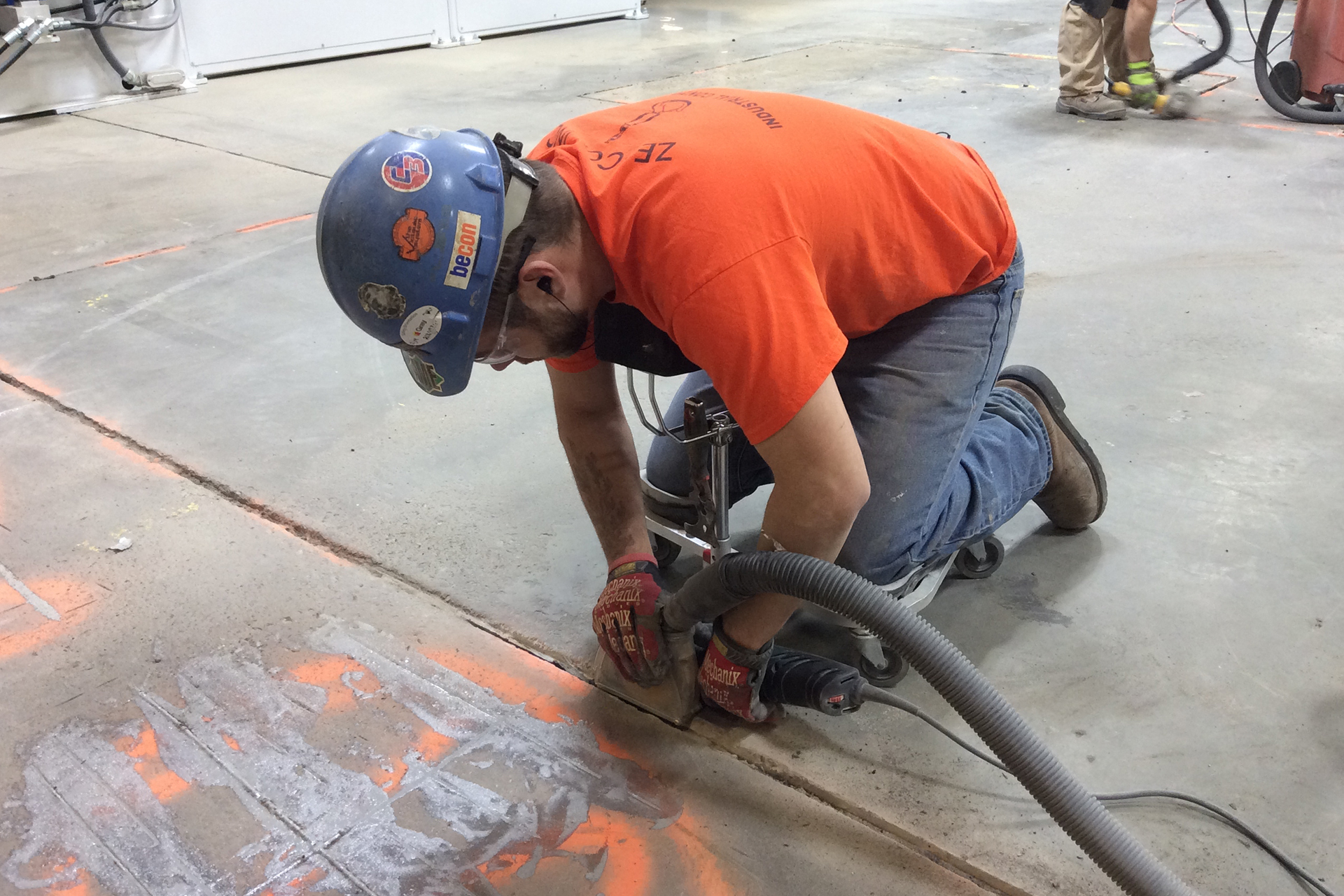In an industrial facility, the durability and integrity of the infrastructure are critical for smooth operations. One component that often goes unnoticed but plays a crucial role in maintaining structural integrity is the expansion joint.
What Are Expansion Joints and Why Do They Matter?
Expansion joints are gaps intentionally left between two sections of concrete or other building materials to accommodate their natural expansion and contraction due to temperature variations, seismic activity, or heavy loads. Without these joints, structural materials would be unable to handle stress, leading to cracks, buckling, and other forms of damage.
In industrial environments, where heavy machinery, forklifts, and constant traffic are common, expansion joints face immense pressure. When they fail, they can cause floor irregularities that lead to machinery breakdowns, safety hazards, and increased wear and tear on equipment.
The Risks of Neglecting Expansion Joints
1.) Structural Damage. Damaged or broken expansion joints no longer provide the necessary flexibility for the building. This can result in cracks in the floors or walls, leading to larger, more costly repairs down the line. Over time, the damage may become severe enough to impact the foundation of the facility itself.
2.) Safety Hazards. Broken or uneven expansion joints can create trip hazards for employees and cause instability for machinery or vehicles. A poorly maintained joint may lead to accidents, injuries, or even regulatory non-compliance, costing the company both financially and in terms of reputation.
3.) Equipment Damage. Expansion joints in industrial facilities often support heavy equipment and machinery. If these joints are damaged, machinery can experience increased vibration and misalignment. This can lead to breakdowns, unscheduled maintenance, and even the premature failure of expensive equipment.
4.) Reduced Operational Efficiency. An industrial facility must run smoothly to ensure maximum productivity. Damaged expansion joints can slow down workflow as workers navigate uneven surfaces, and machinery operates at reduced efficiency. The delays caused by joint-related issues can add up, affecting production schedules and deadlines.

